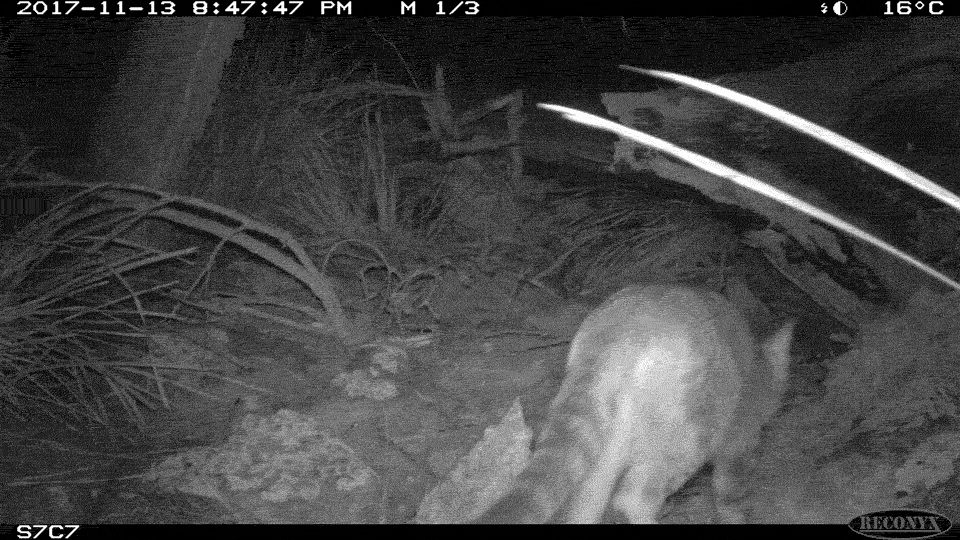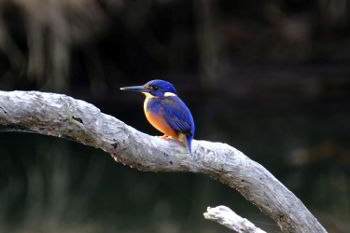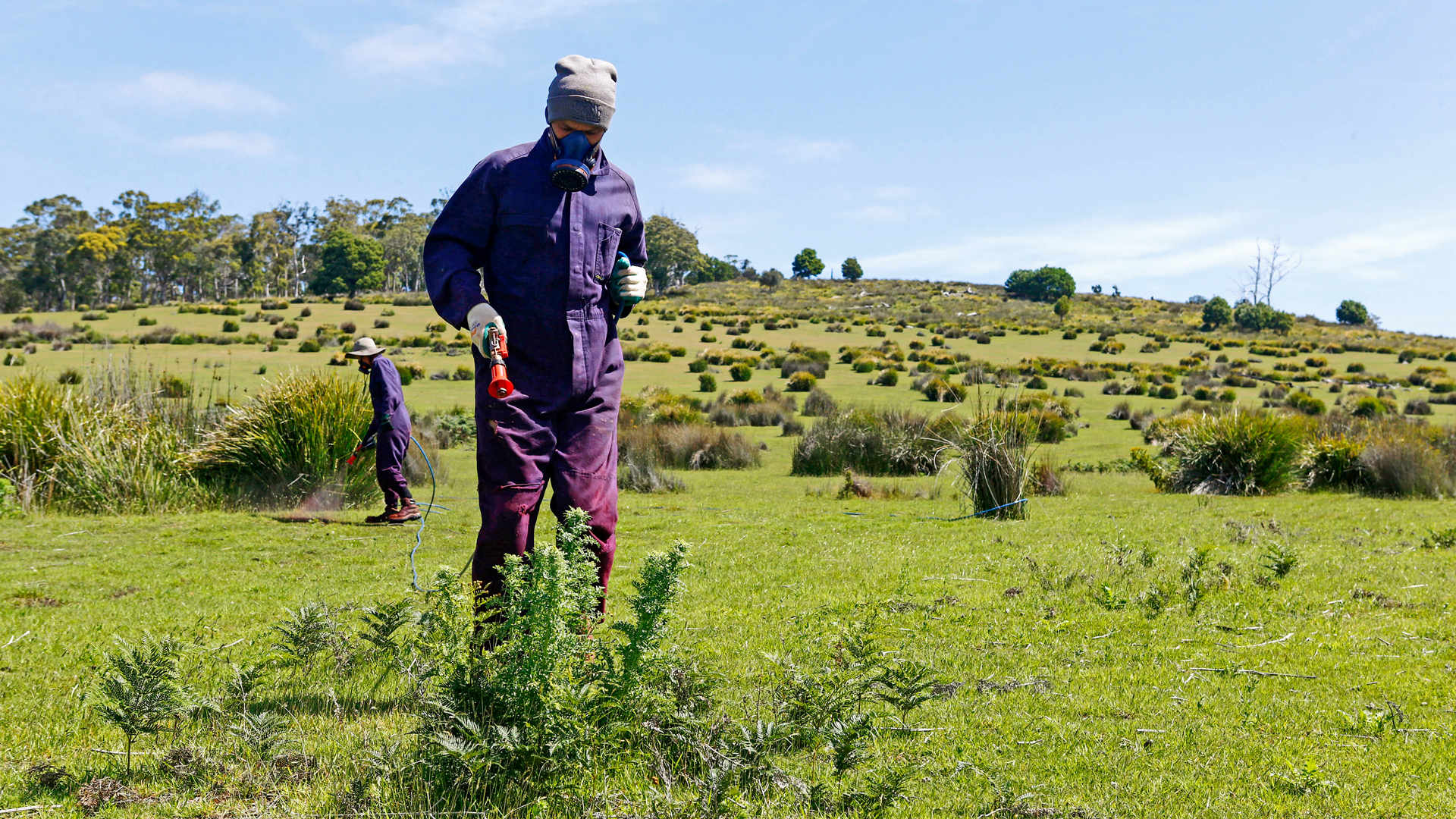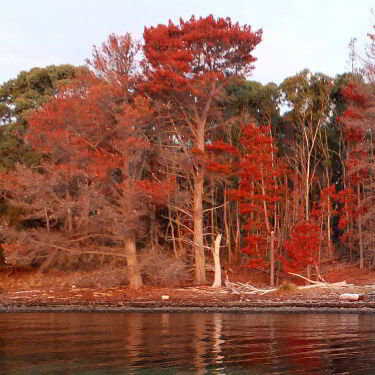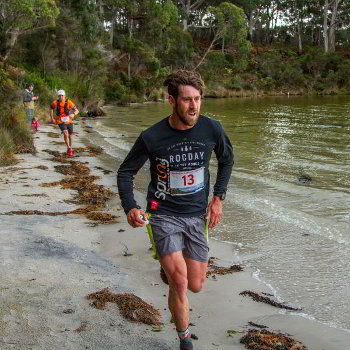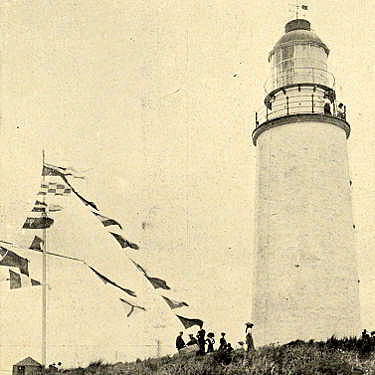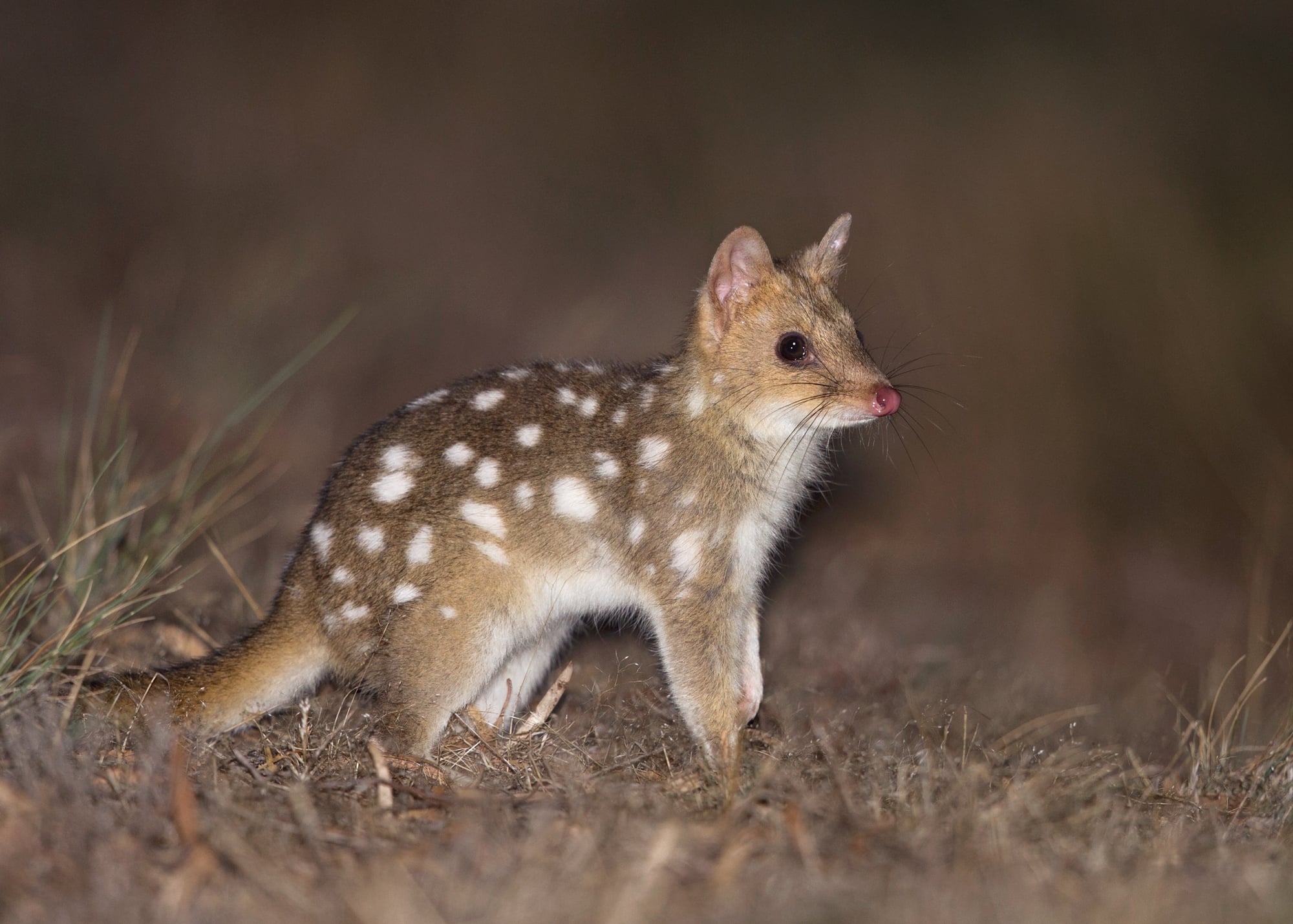
Reducing the threat posed by Cats toward our wildlife such as this Endangered Eastern Quoll - © Jono Dashper
As a biodiversity treasure trove, our beloved Bruny is home to a multitude of rare and threatened species. However, the delicate balance of our native wildlife is under threat by feral, stray, and free-roaming pet cats.
The seemingly innocent act of letting pet cats roam can lead to devastating consequences. Each free-roaming cat kills an average of 115 native mammals, birds, and reptiles every year. In some cases, a single pet cat has been responsible for eradicating an entire native species within a local area.
With remarkable stamina and astonishing agility, Cats can traverse vast distances, with one male feral cat recorded journeying regularly between 'The Neck' and Dennes Point, some 26 klms away.
The Bruny Island Cat Management Project, in collaboration with the community, has worked since 2017 to reduce the impact of cats on Bruny Island’s wildlife in order to keep the islands ecosystems safe.
Bruny Island: A Sanctuary for Rare Species
Bruny Island's rich and varied habitats provide refuge for numerous rare and threatened species that have suffered significant declines on mainland Tasmania, Australia nationally - and in some cases – around the world. Within this remarkable sanctuary, you may encounter the elusive Eastern Quoll, Long-nosed Potoroo, Eastern barred and Southern brown bandicoot, and our iconic White Wallaby. The island also serves as a crucial haven for birds, including Little Penguins, Short-tailed Shearwaters (who perform a 30,000klm trans-equatorial migration flight including Antarctica, New Zealand, Japan, and Alaska), Hooded Plovers at the shoreline; tiny Forty-spotted pardalotes nestled in white gums; and migratory Swift parrots seeking breeding grounds in the summer.
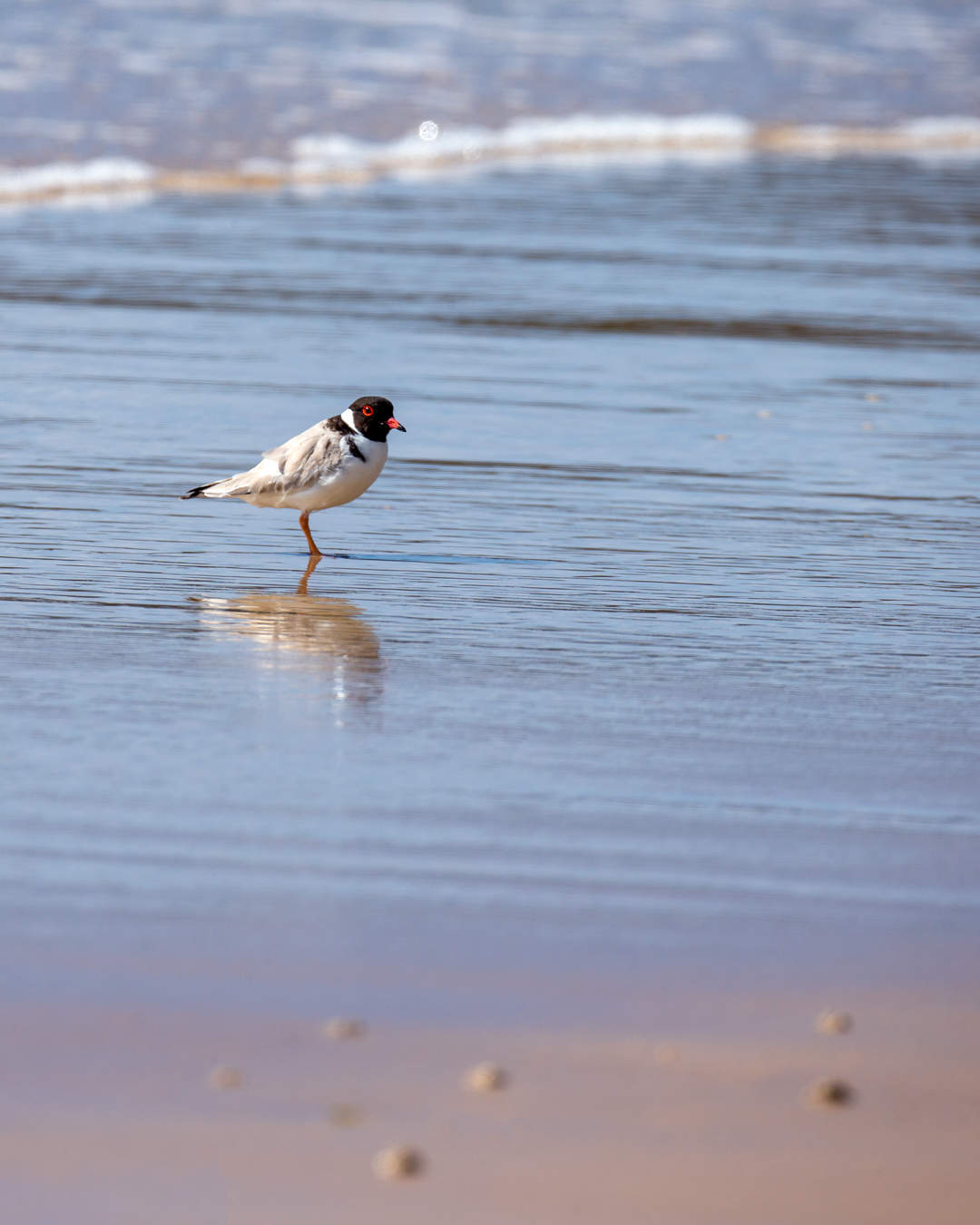
Hooded Plover - © Rod Hartvigsen
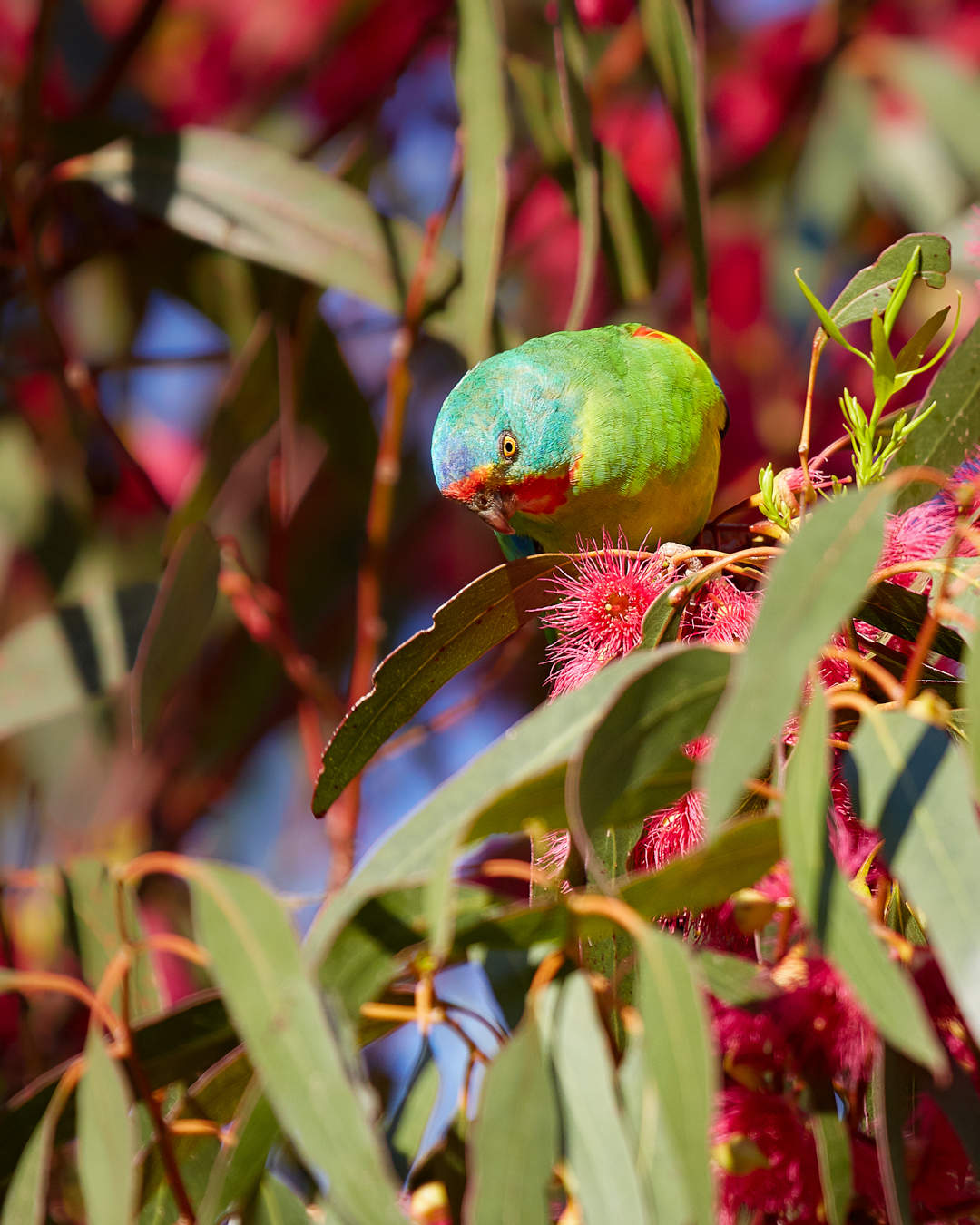
Swift Parrot - © Peter Brindley
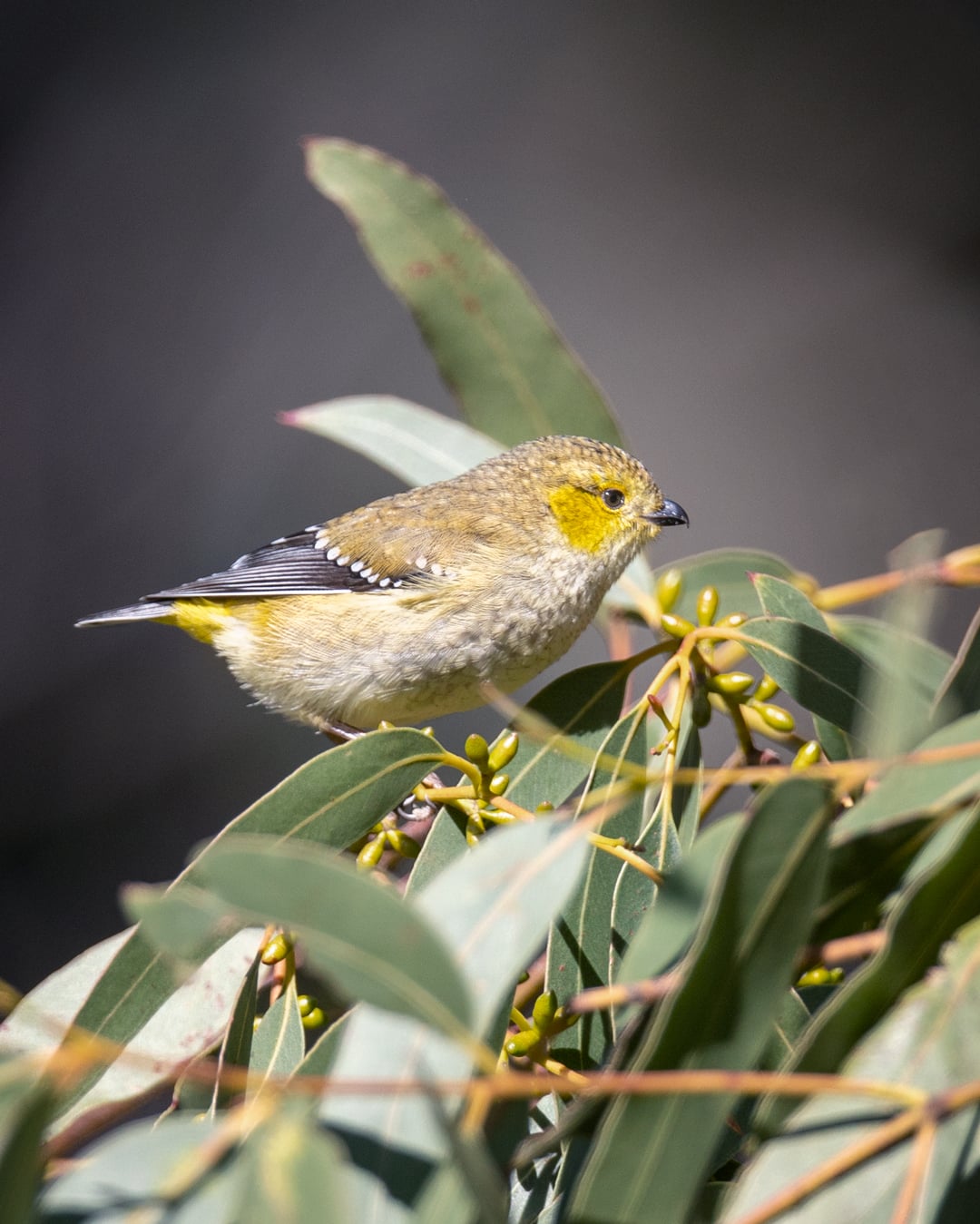
Forty-spotted Pardalote - © Rod Hartvigsen

Short-tailed shearwaters - © Rod Hartvigsen
The Feline Threat to Bruny's Native Wildlife
Feral, stray, and free-roaming pet cats pose a severe risk to Bruny Island's native wildlife as Island species are especially susceptible to hunting and diseases from cat populations which can rapidly expand. Once a native species disappears, it may never return.
The Eastern Quoll (Dasyurus viverrinus), tragically extinct in the wild on mainland Australia and experiencing a decline in Tasmania, finds a refuge on Bruny Island. However, recent research suggests that even here, these unique creatures are highly susceptible to the impacts of climate change and disease outbreaks.
If the number of feral cats ever increased significantly on North Bruny their predation of juvenile quolls could be devastating; particularly if combined with climate change. The thriving population of Bruny’s Eastern Quolls needs to be kept safe from the impact of cats and you can help!
Visiting Bruny? Then be a champion for our precious wildlife
By embracing responsible practices, you can help protect Bruny Island's incredible ecosystem by:
- Exploring the island without bringing your cat along
- Report any cat sightings through FeralCatScan
- Avoid feeding stray cats
- Keep food waste and animal feed safe from wildlife
To report your observations, visit www.feralcatscan.org.au or use the smartphone app, and join us in contributing to the conservation efforts here on Bruny Island.
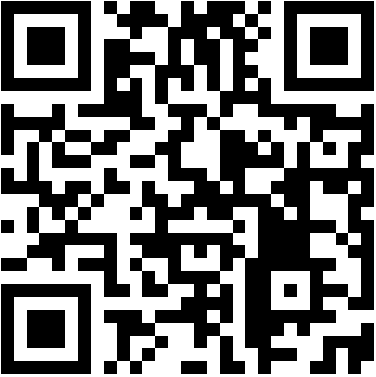
Apple QR Code

Android QR Code
Supporting Bruny's Wildlife: Feral Cat Monitoring
The Bruny Island Cat Management Project launched in 2017, with the aim of reducing the number of cats roaming on the island to keep wildlife safe. NRM South, Kingborough Council and NRE Biosecurity have worked with the community to better understand the issue.
In addition to providing unrestricted research access to all our Nature Sanctuaries, Bruny Island Coastal Retreats has generously donated significant funds to support the BICMP in protecting Bruny Island's native species.
UTAS researcher, Cyril Scomparin, used this funding in his 2018 research to determine the impact of removing cats on seabird colonies. Alarmingly, seabird colonies on Bruny Island have some of the highest recorded cat densities in Australia, with densities at The Neck seabird colony as high as 15.5 cats per square kilometre! Monitoring and trapping throughout the project has reduced these numbers five-fold, to around 3 cats/km2, with the Neck’s little penguins and short-tailed shearwaters becoming safer because of this!

Responsible Cat Ownership: Bruny Island Cat By-Law
To ensure the welfare of our island's unique wildlife, all cats that live on or regularly visit Bruny Island must be registered with Kingborough Council, desexed, microchipped, and contained within their owner's property. A limit of two cats per household applies without a permit, and feeding stray cats is prohibited.
Kingborough Council has supported cat owners on the island by providing free registration, discounted desexing and microchipping. Through the support of Bruny Island Community Association, Bruny Island Environmental Network, Bruny Men’s Shed and 10 Lives Cat Centre, many Bruny cats now have a contained outdoor palace to enjoy, keeping them, and our wildlife safe!
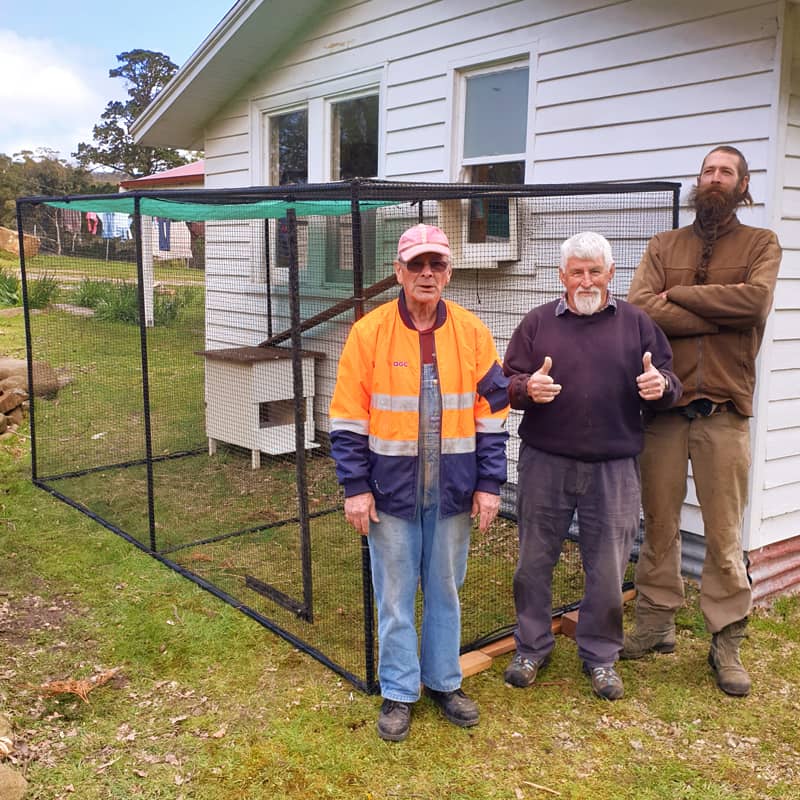
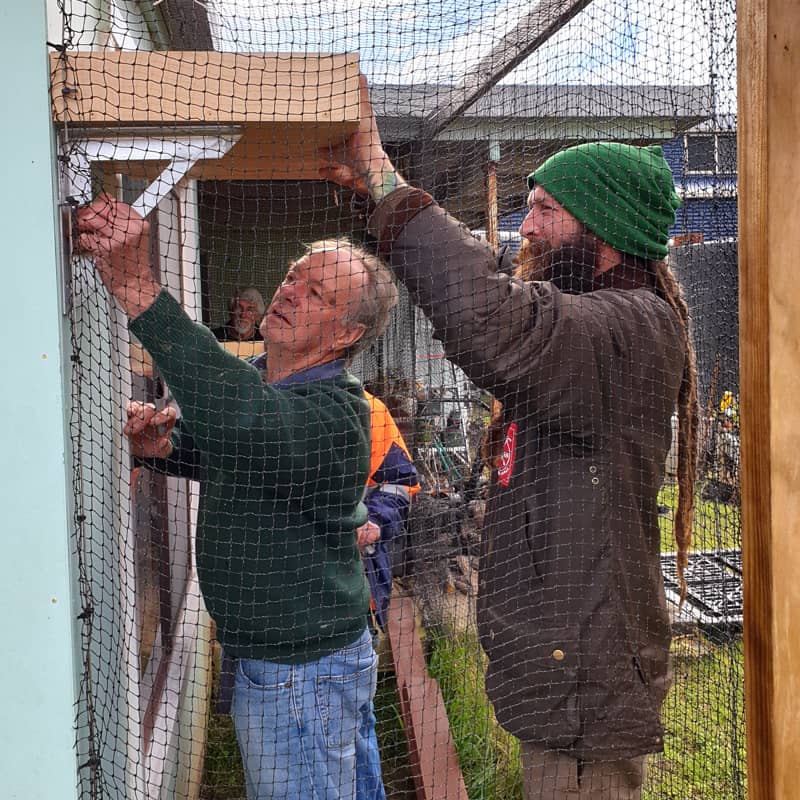
Men’s Shed and Bruny Island Environment Network volunteers installing Cat enclosures.
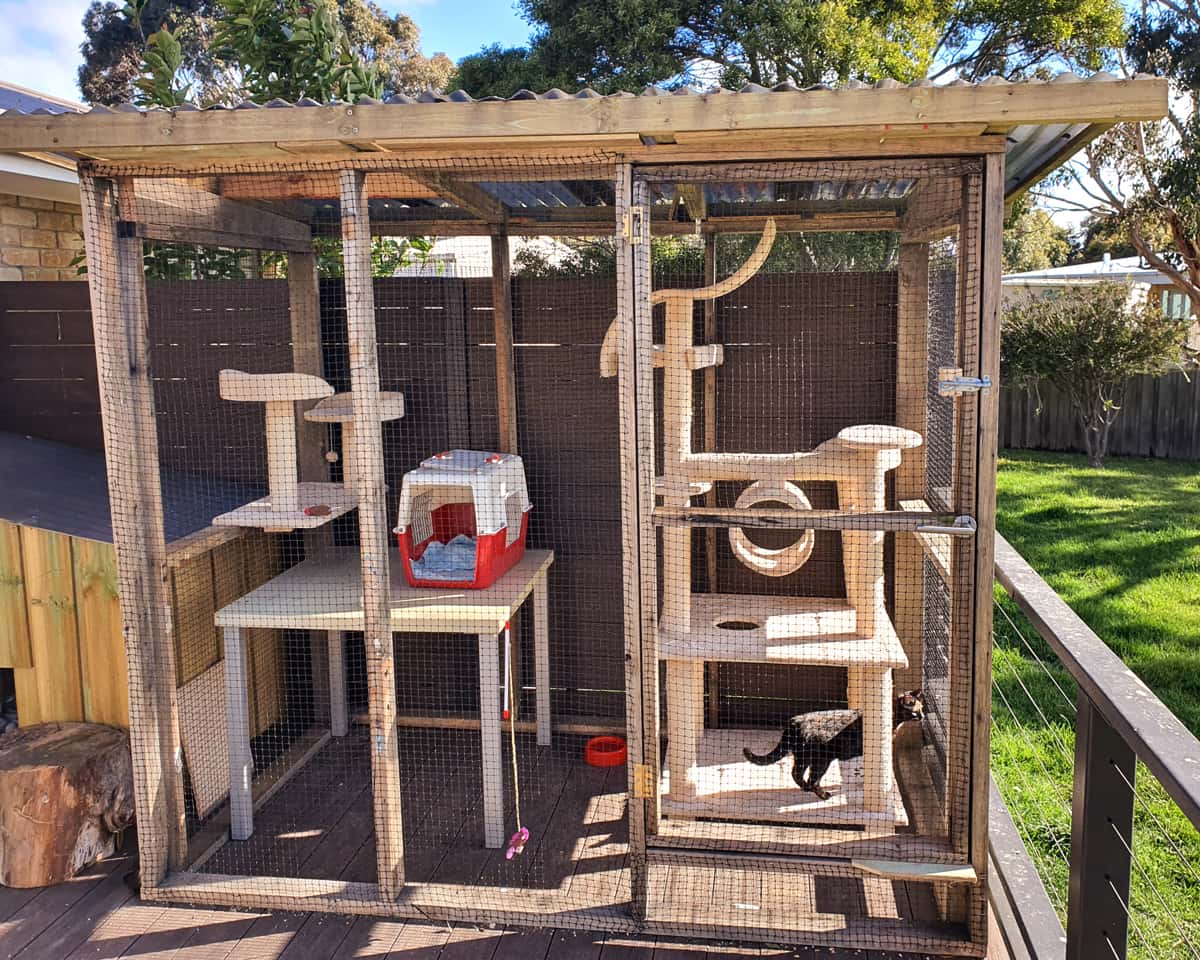
Truffle’s Cat Mansion on Bruny Island
If you have a cat, you can be a champion for your local wildlife by desexing your cat and keeping them contained - even if you aren’t living on Bruny Island!
Caring for Cats on Bruny Island: The Alonnah Cat Facility
The Cat Shack at Alonnah offers a compassionate solution for community members seeking new homes for their cats or dealing with trapped stray cats. It provides a place where cats receive care, assessment, and are either reunited with their owners - or, if possible - rehomed by the Ten Lives Cat Centre.
As an island teeming with rare and captivating species, Bruny holds a special place in the hearts of all fellow islanders and spellbound visitors. By understanding the challenges posed by feral, stray, and free-roaming pet cats, we can all play a part in protecting and preserving this extraordinary ecosystem for generations to come through responsible pet ownership, regular sighting reports, and the continued support of such local initiatives; therefore, contributing to the island's continued conservation and future vitality.
To find out more about Bruny Island's Cat Management Project -
Visit NRM South:
https://nrmsouth.org.au/eastern-quoll-bruny-island/#1626143492128-aad5e664-0ea0
Kingborough Council:
https://www.kingborough.tas.gov.au/services/animal-management/cats/cats-bruny-island/
Related Journals
Fixing the Cat-astrophe!
It’s a well-known fact that feral cats have contributed to the extinction of several Australian bird and mammal species, whilst threatening the existence of many more.
Rare Azure Kingfisher spotted on Bruny Island
The Tasmanian Azure Kingfisher is endangered and endemic to Tasmania, and very rarely seen on Bruny Island.
Simpsons Point: Environmental Restoration
Weed invasion is one of the largest threats against ecosystems all around the world; and unfortunately, BrunyIsland.au is not immune to this threat.
Pine Control Project
In late 2013, BrunyIsland.au undertook a massive and rather unique weed eradication project. Our aim was to control the radiata pine infestation which was threatening to overrun the native bushland at our 900 acre 'Bruny Island Lodge' property on South Bruny.
More Bruny Island Journal
Endorfun Labillardiere Peninsula Trail Run 2017
The Endorfun Labillardiere Pensinsula Trail Run was held on September 24th, 2017. The 17.5km run took participants around picturesque trails on southern Bruny.
The journey of Te Rapunga from New Zealand to Tasmania
This video shows the journey of the Te Rapunga from a back yard in Auckland, New Zealand to the Denman Marine restoration yard in Hobart, Tasmania.
Keepers of the Light: Cape Bruny Lighthouse
Cape Bruny Light keepers have been doing battle with nature since 1838. Tending the light to ensure that maritime travellers did not meet the same grisly end as so many before them had done, it was an arduous and unrelenting life.
Bruny Island AU Retreats & COVID-19
We care deeply about our guests, community and employees. The COVID-19 pandemic affects all of us and we need to consider our actions & interactions in this ever-changing situation.

